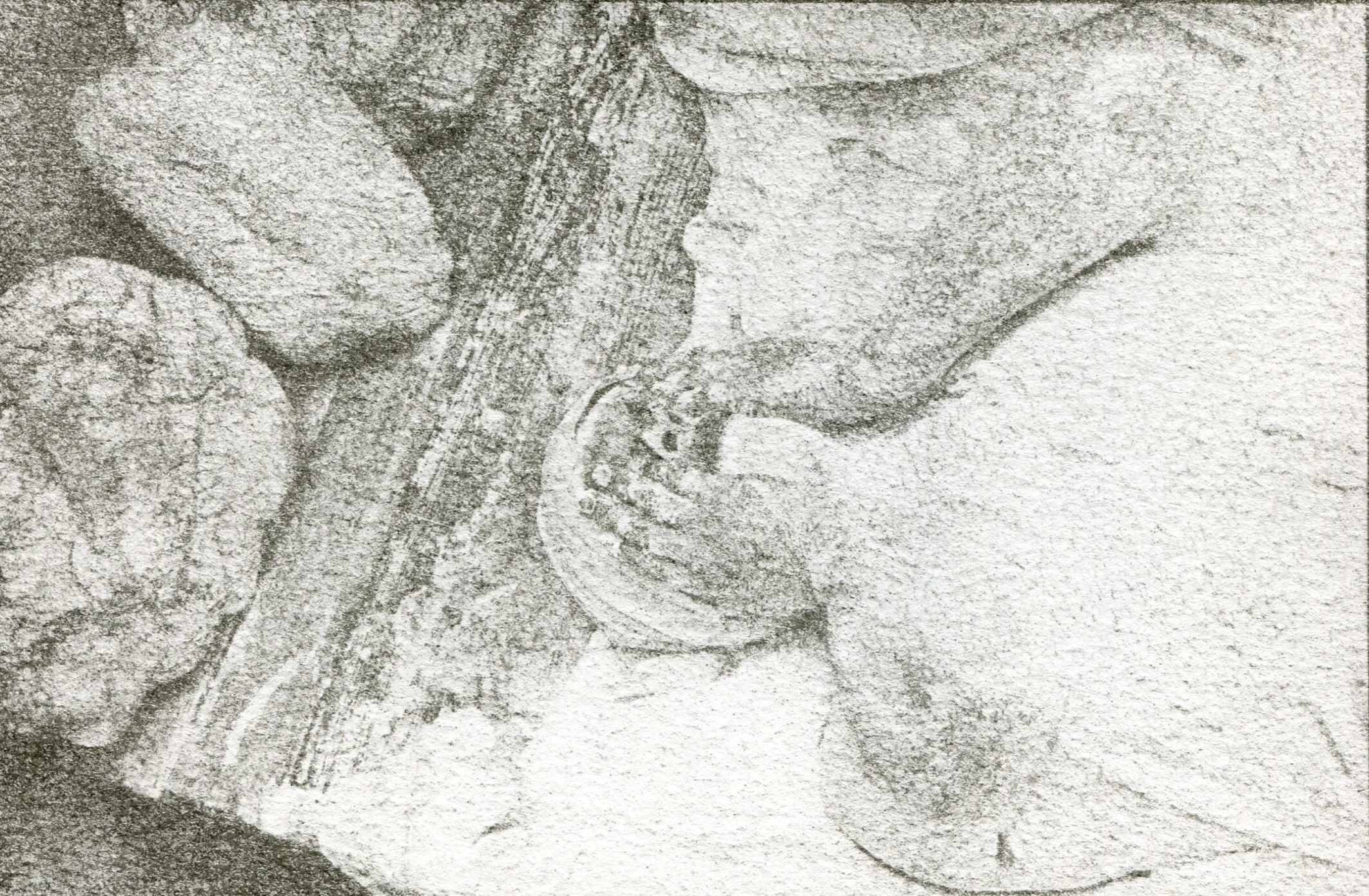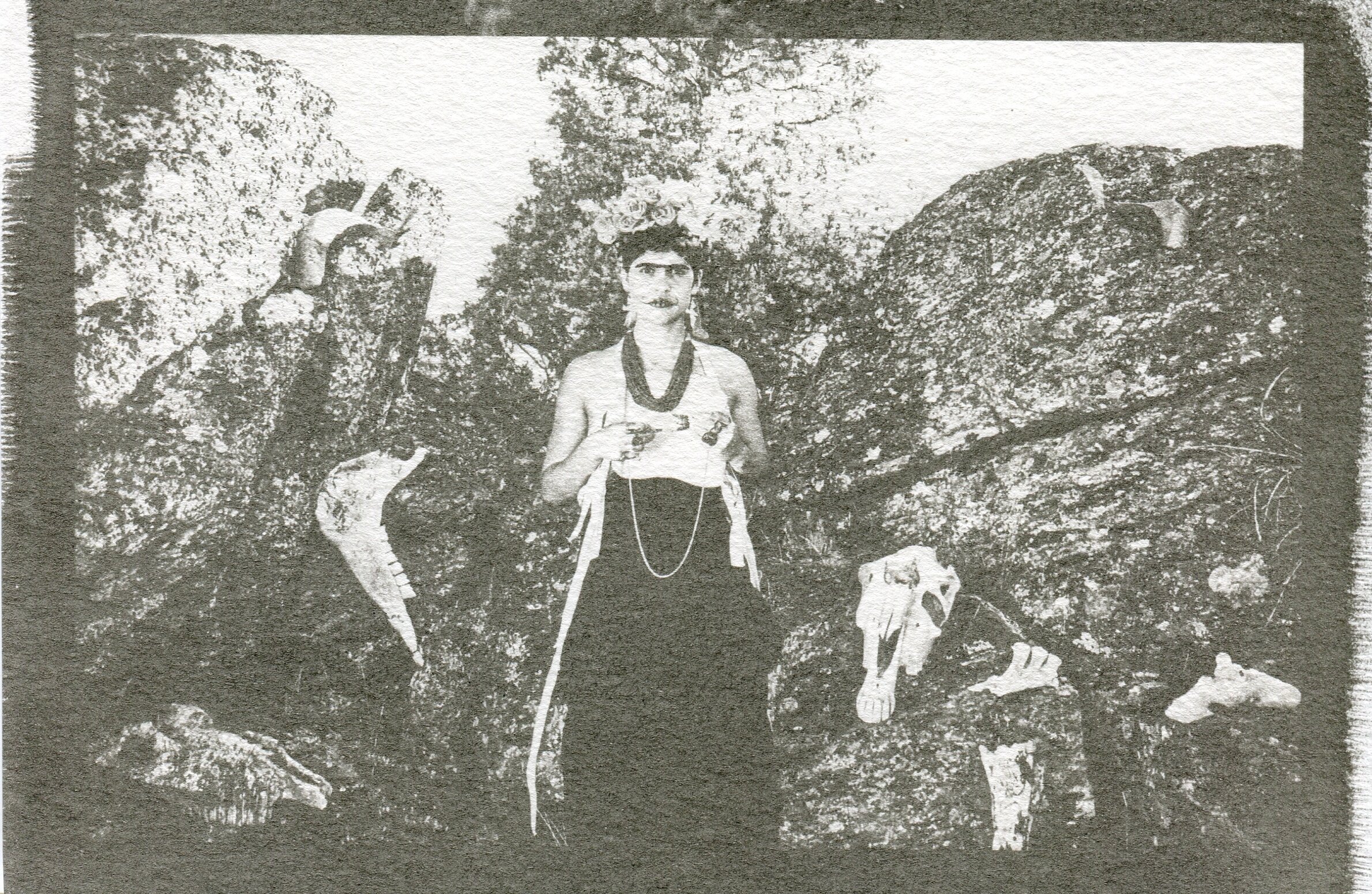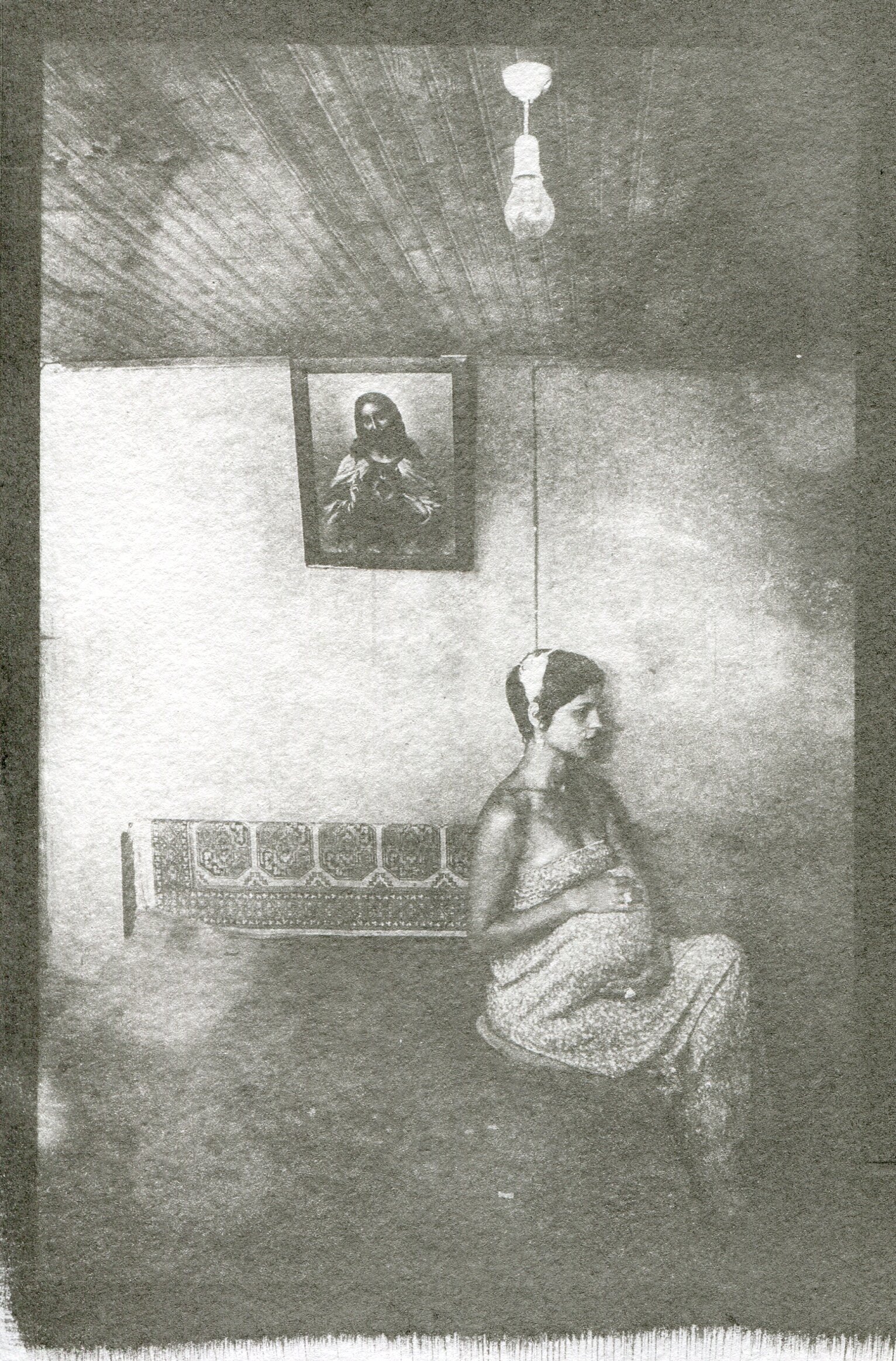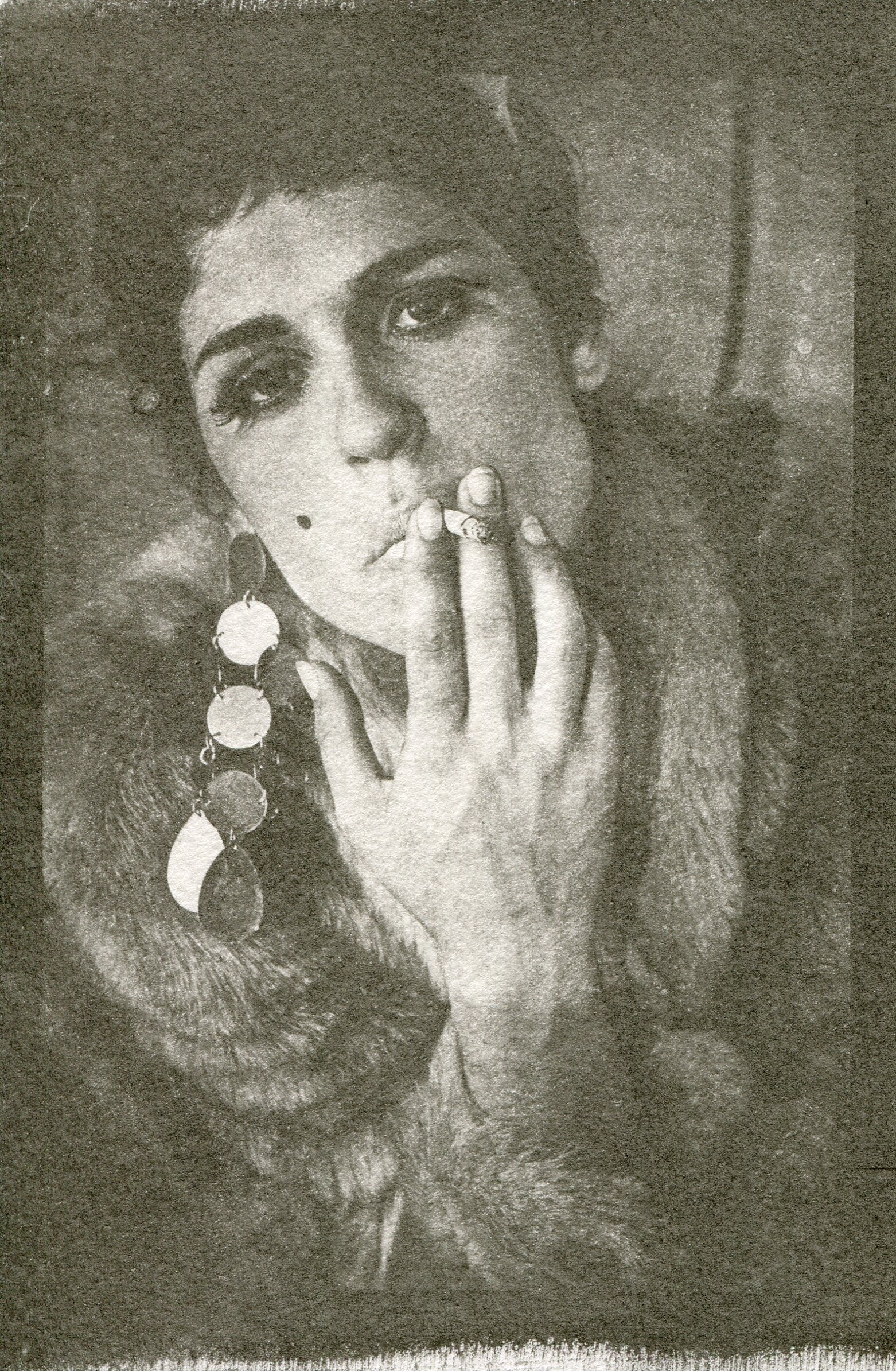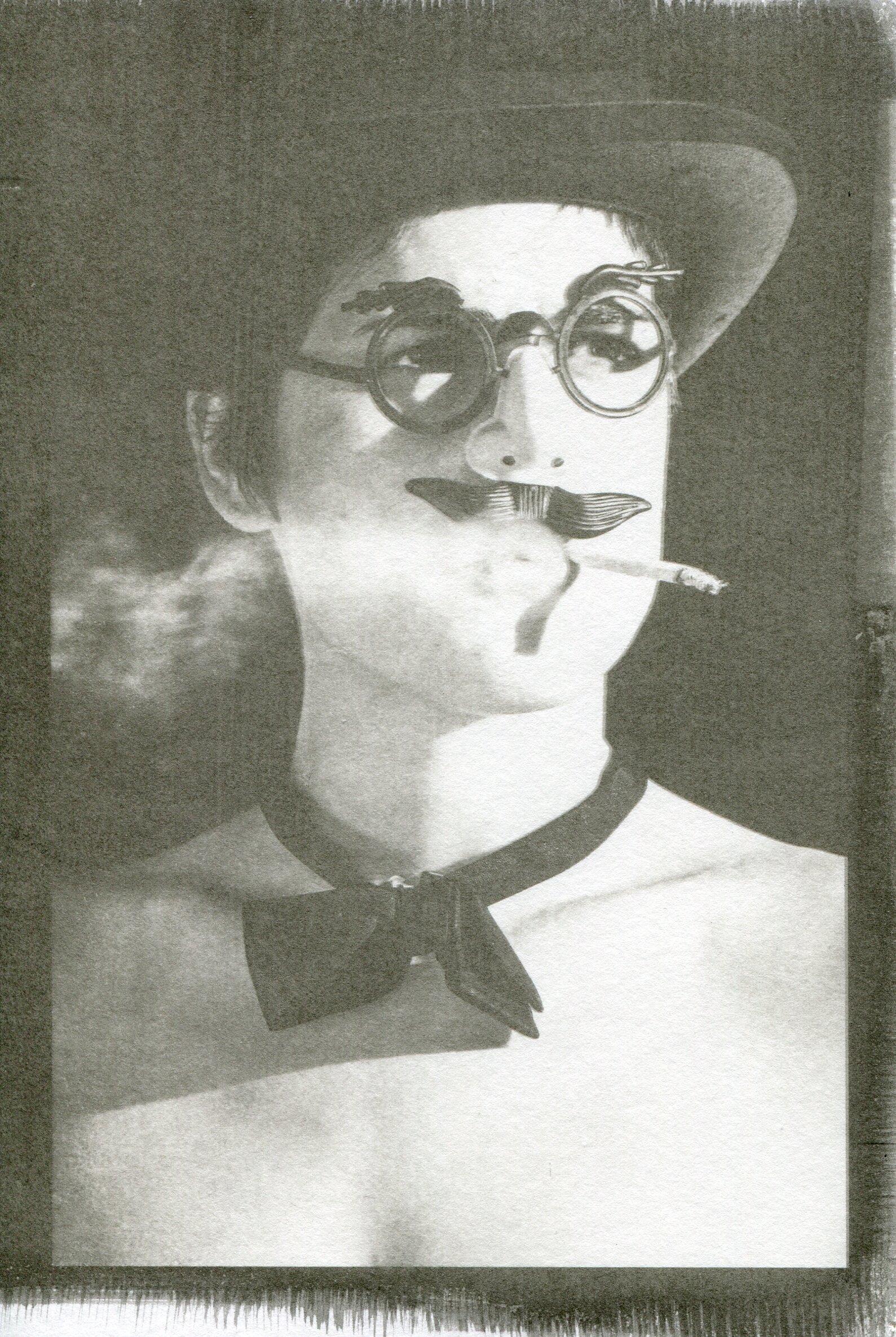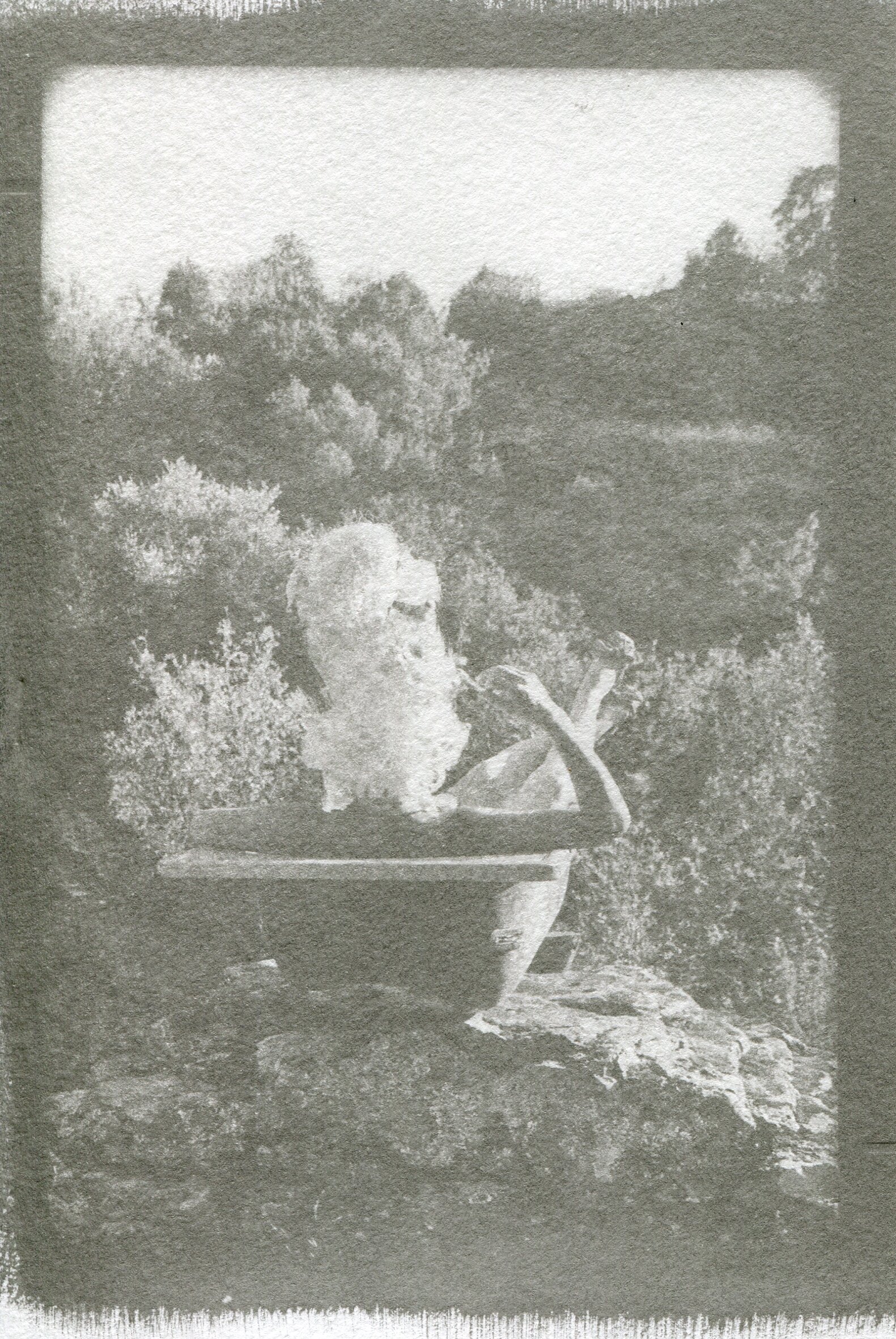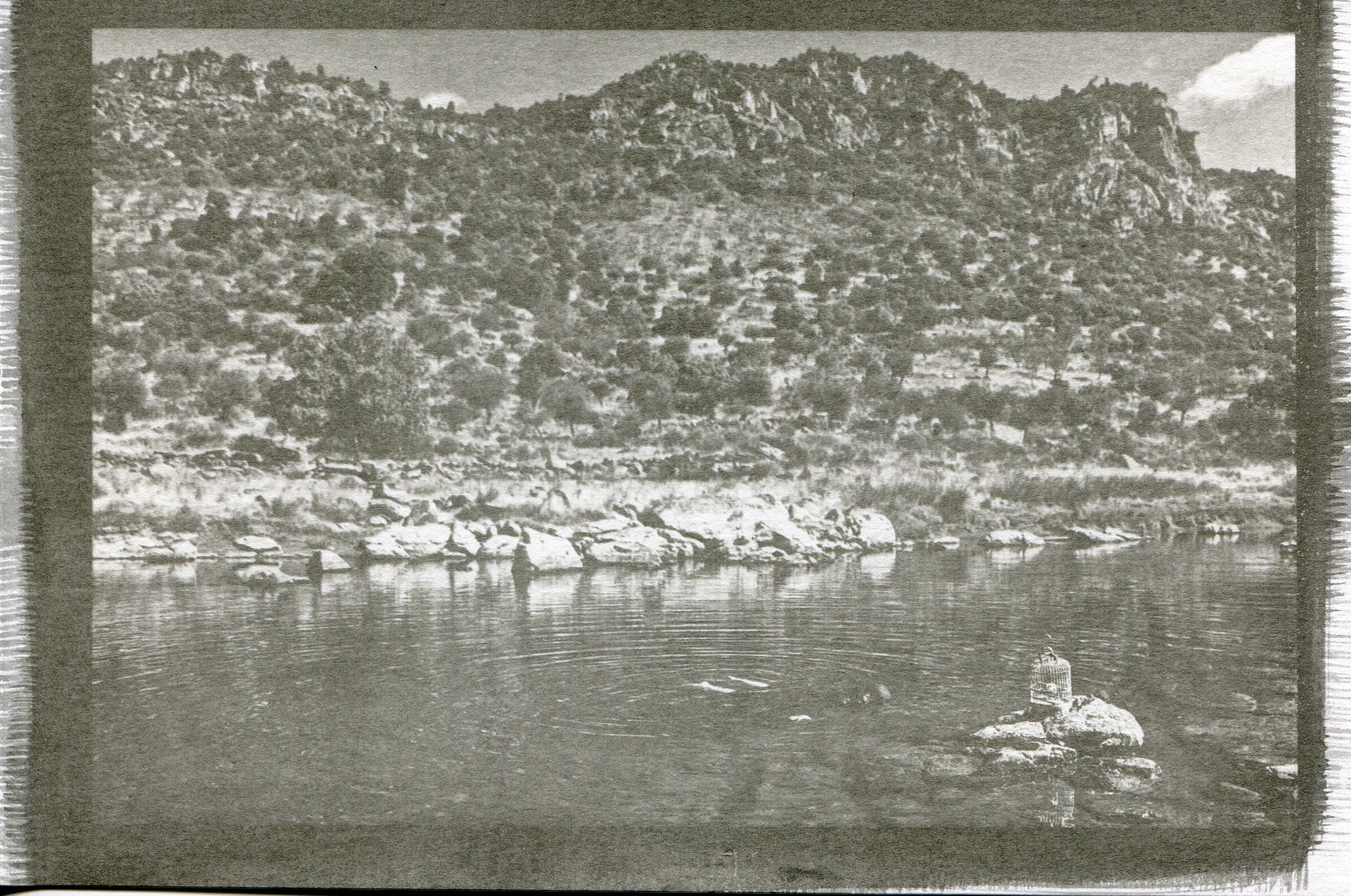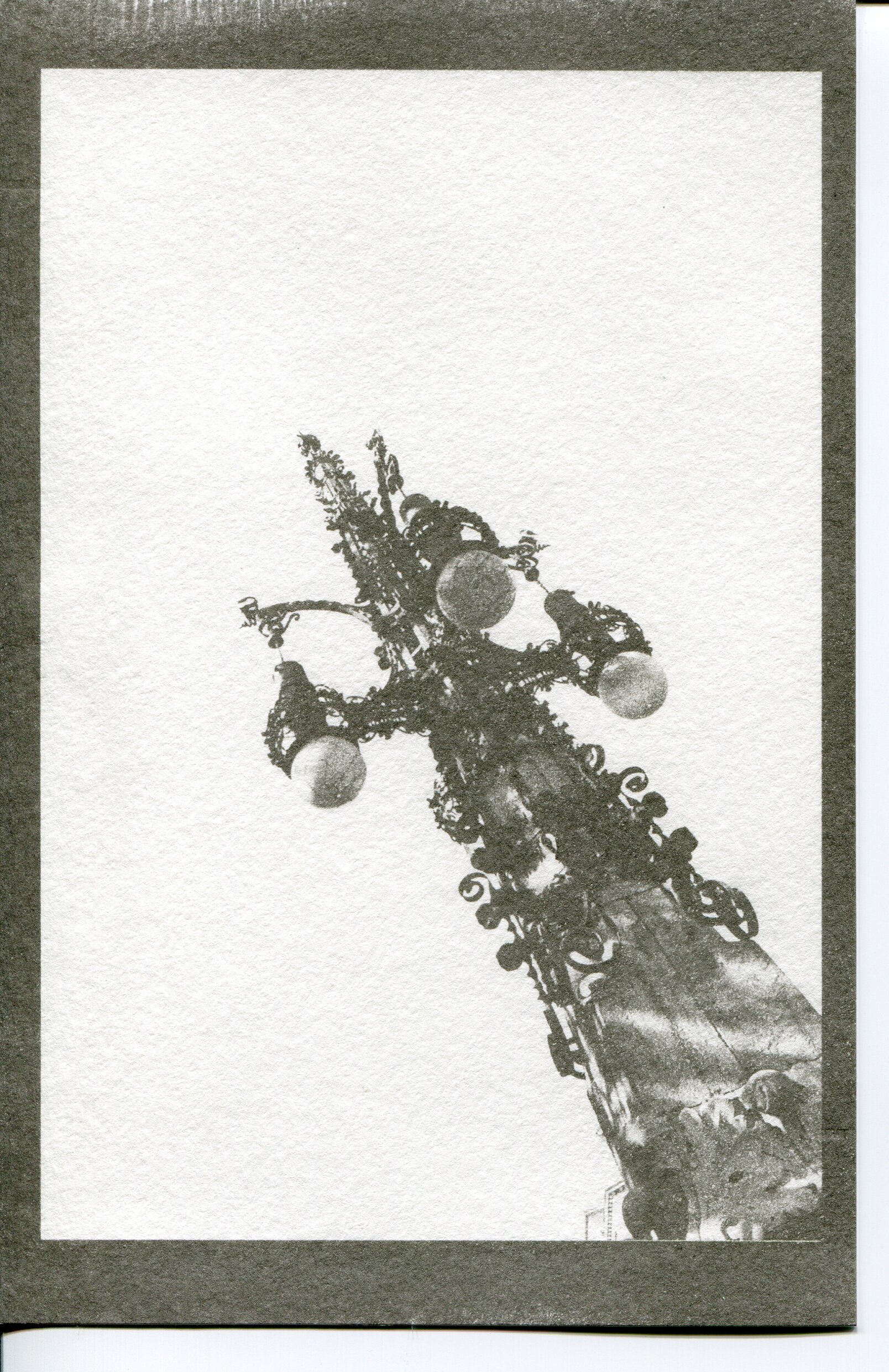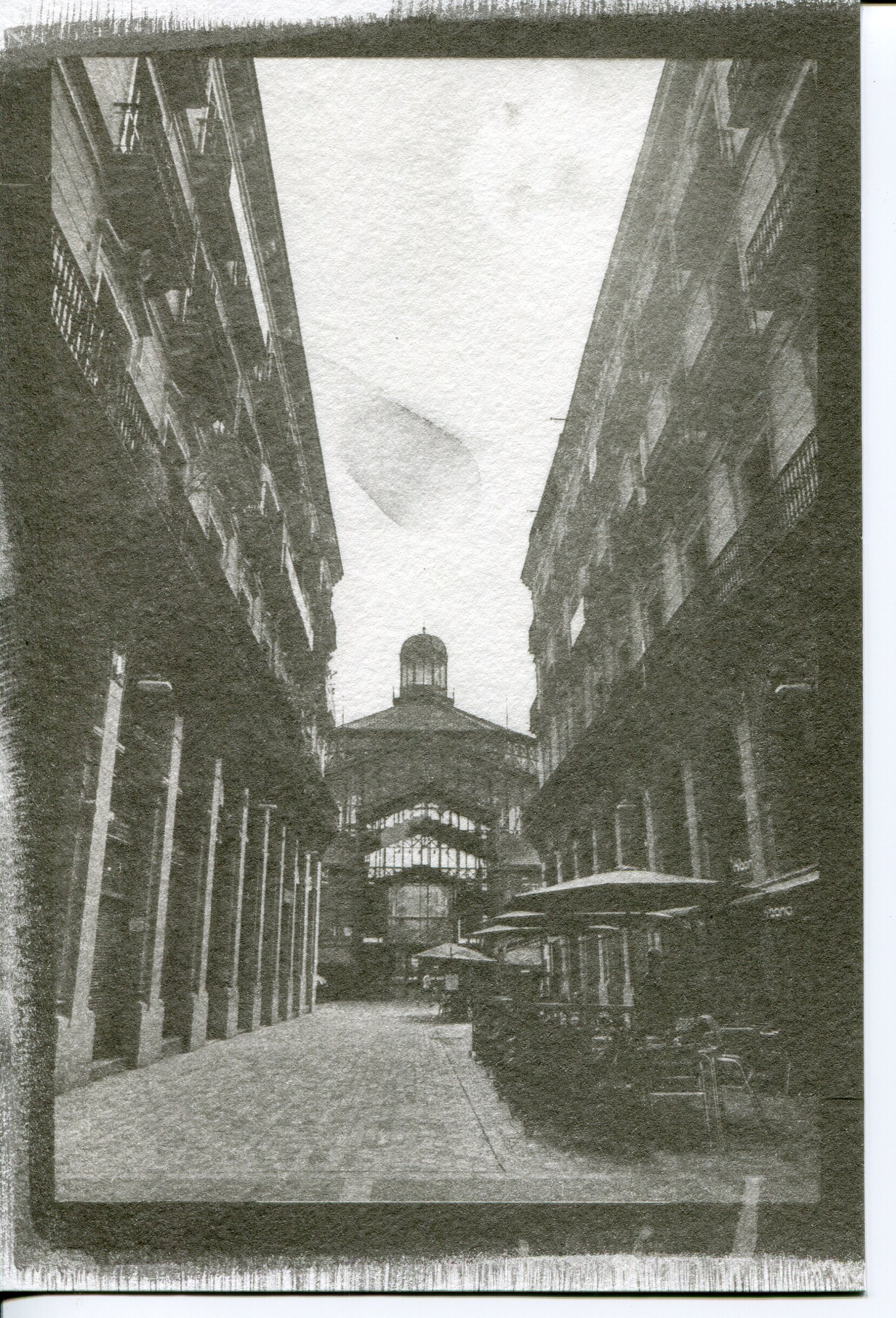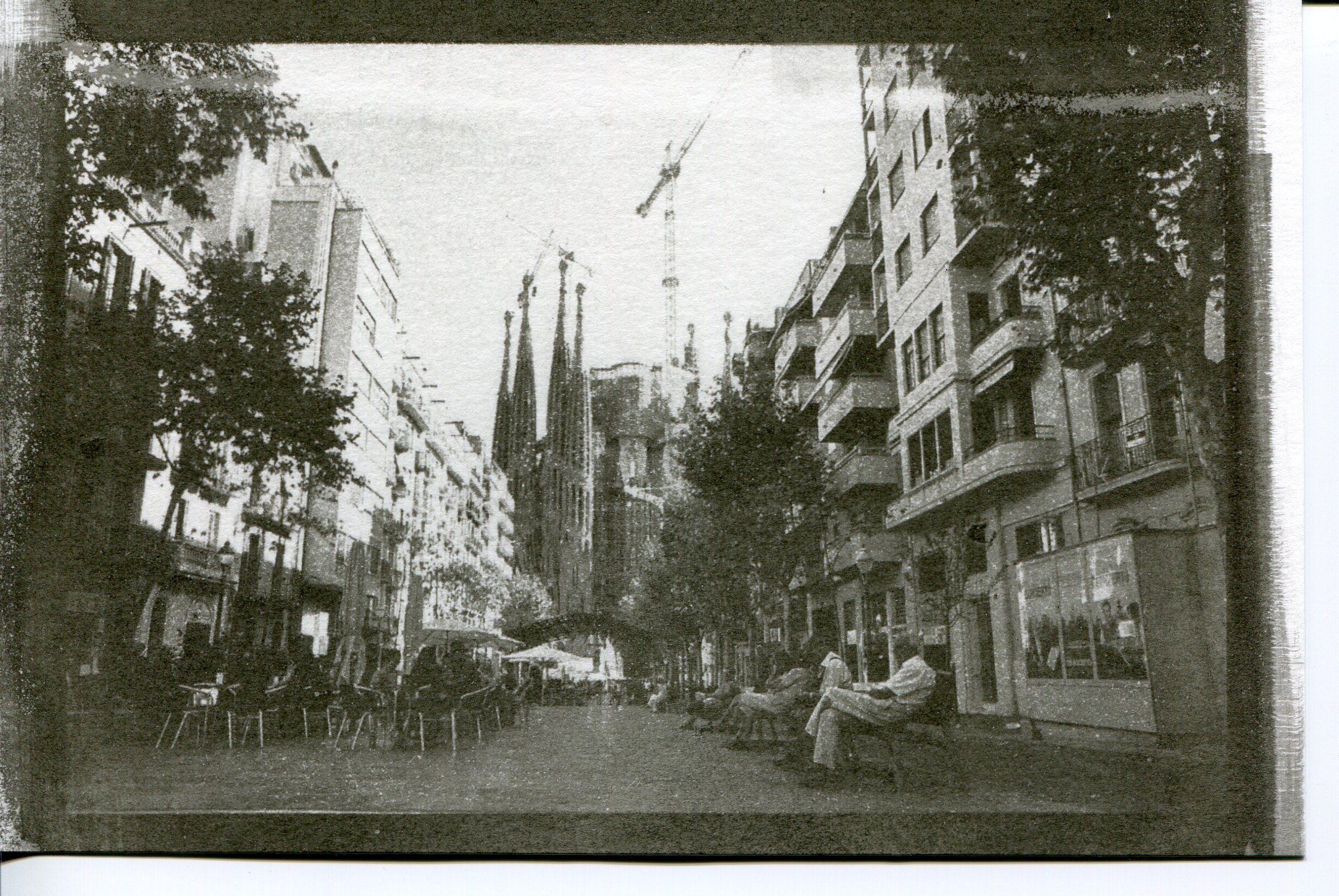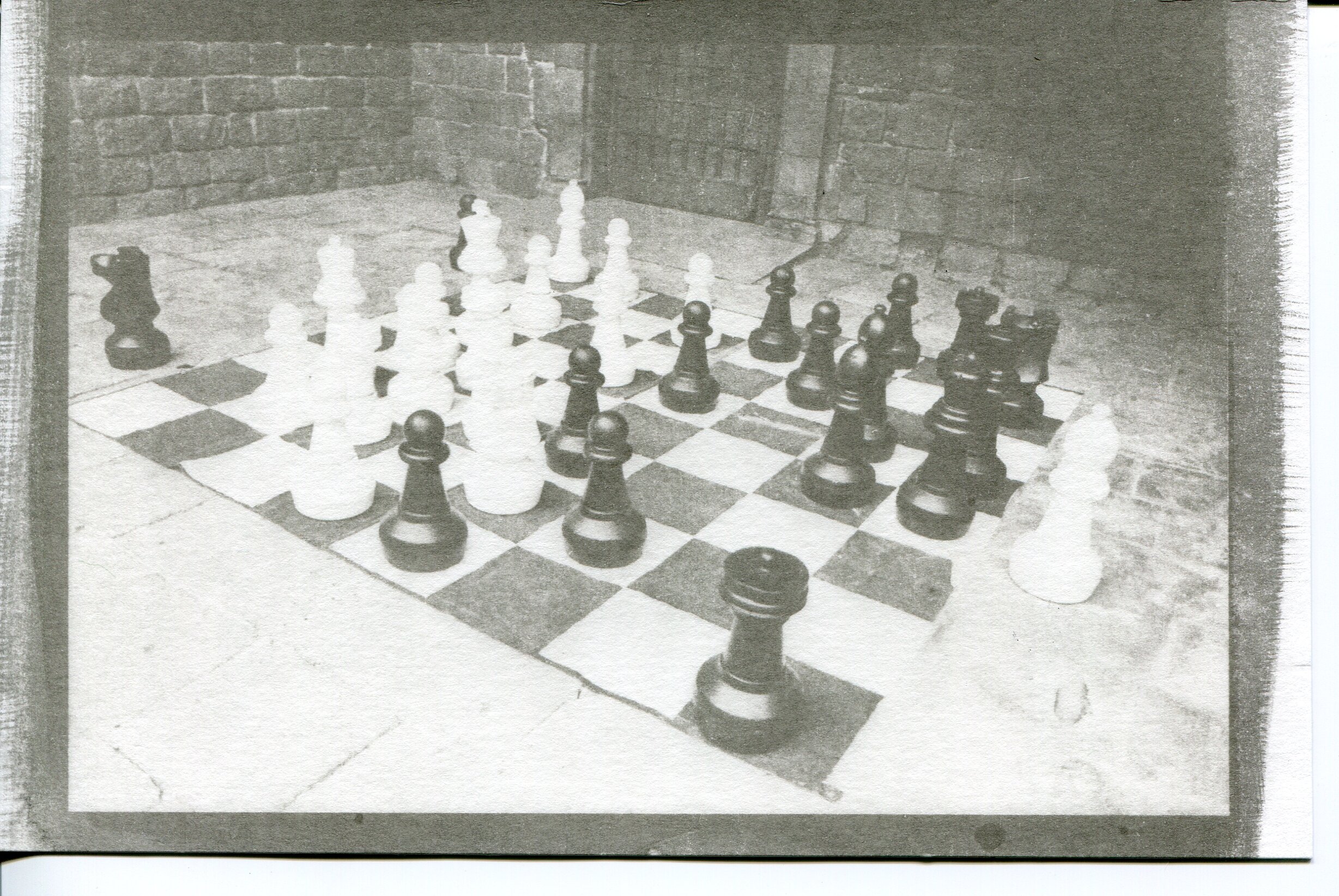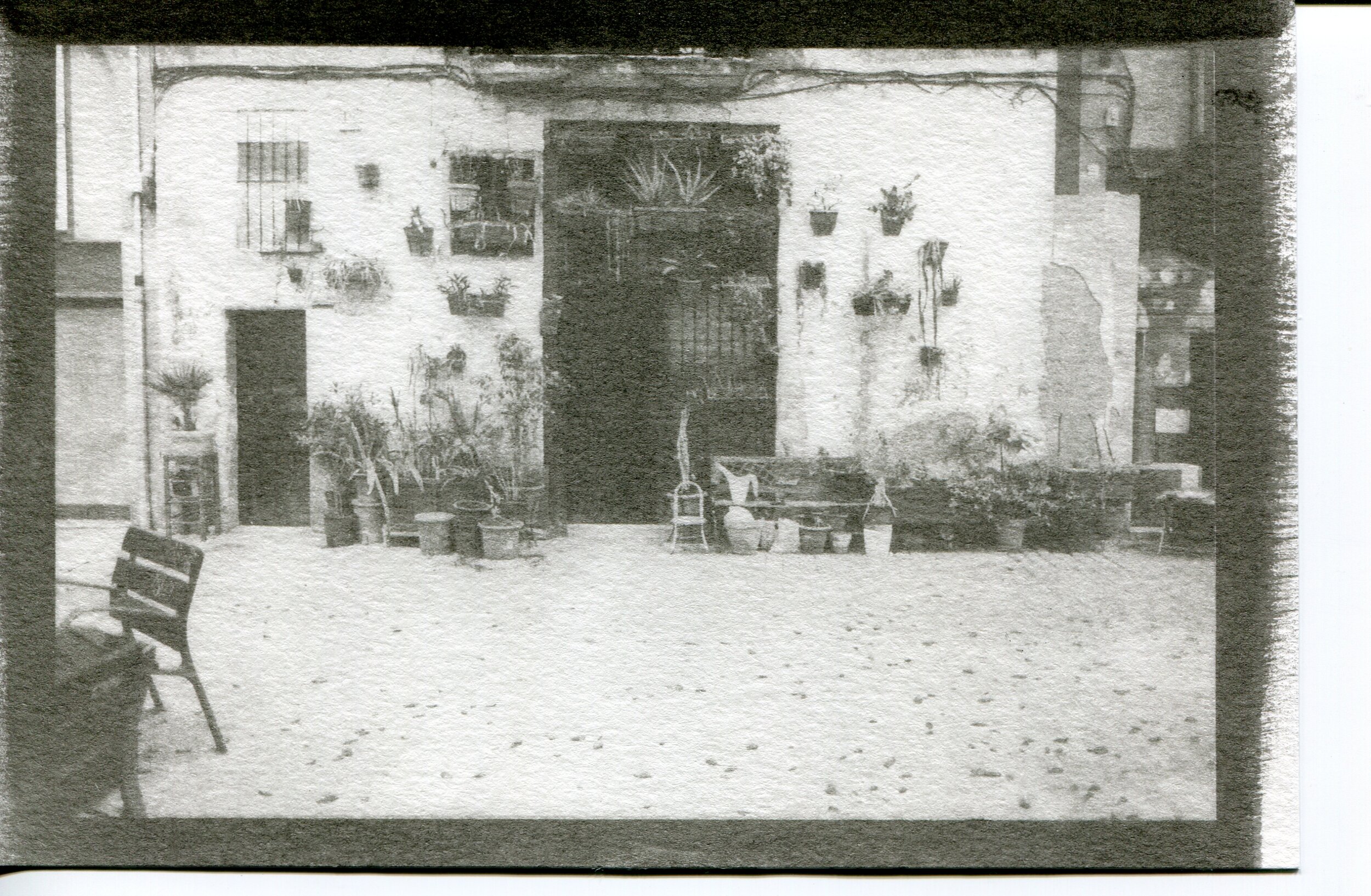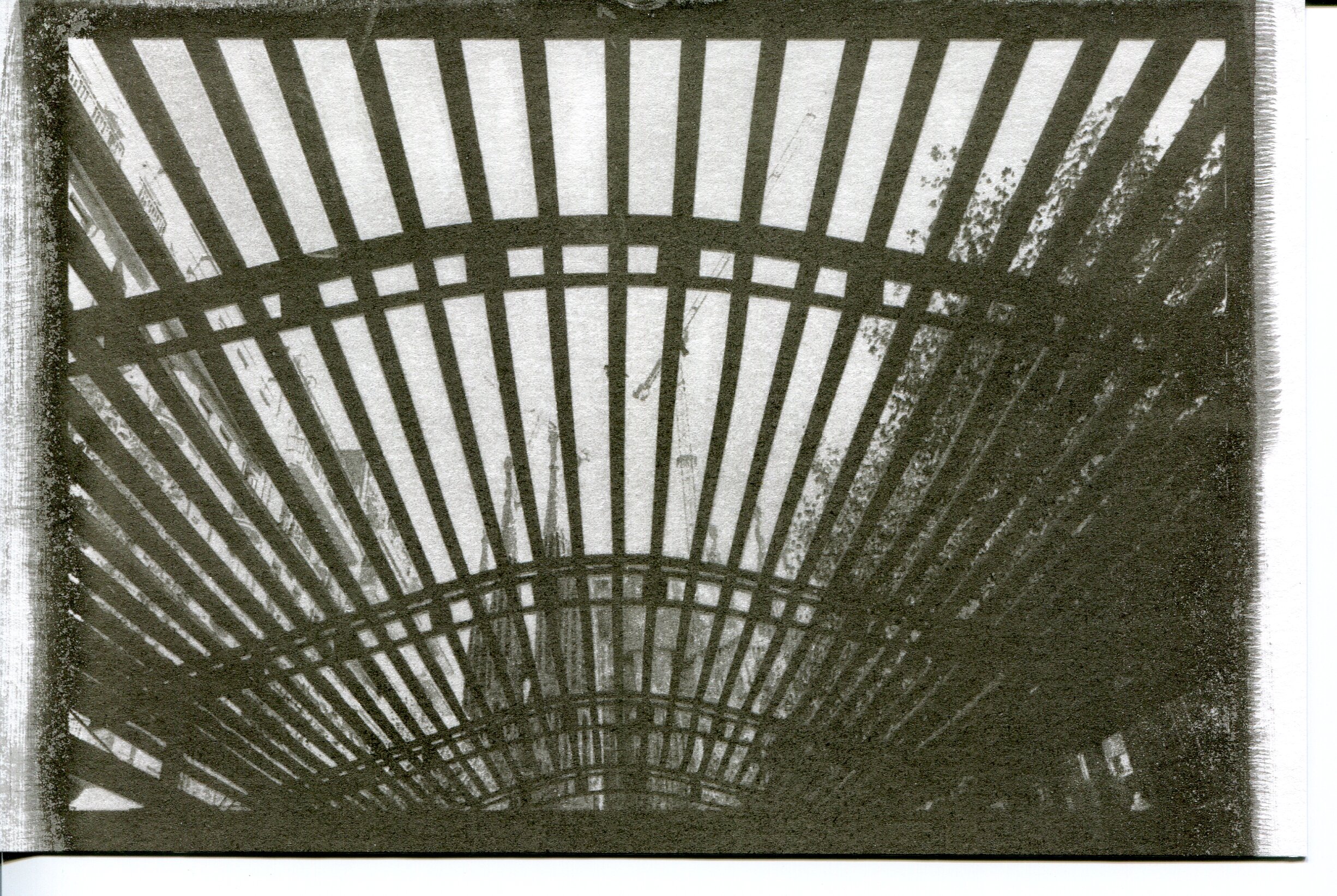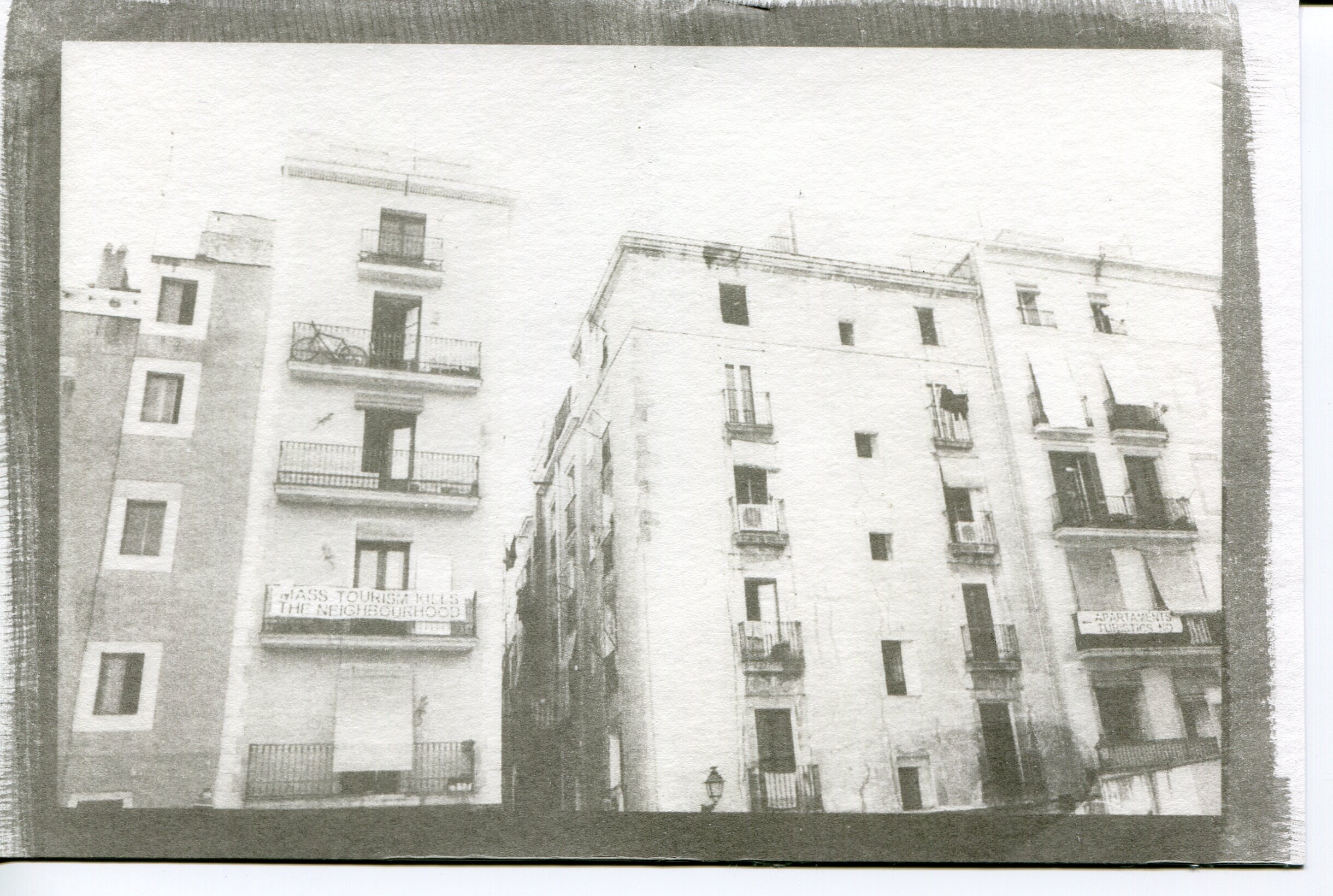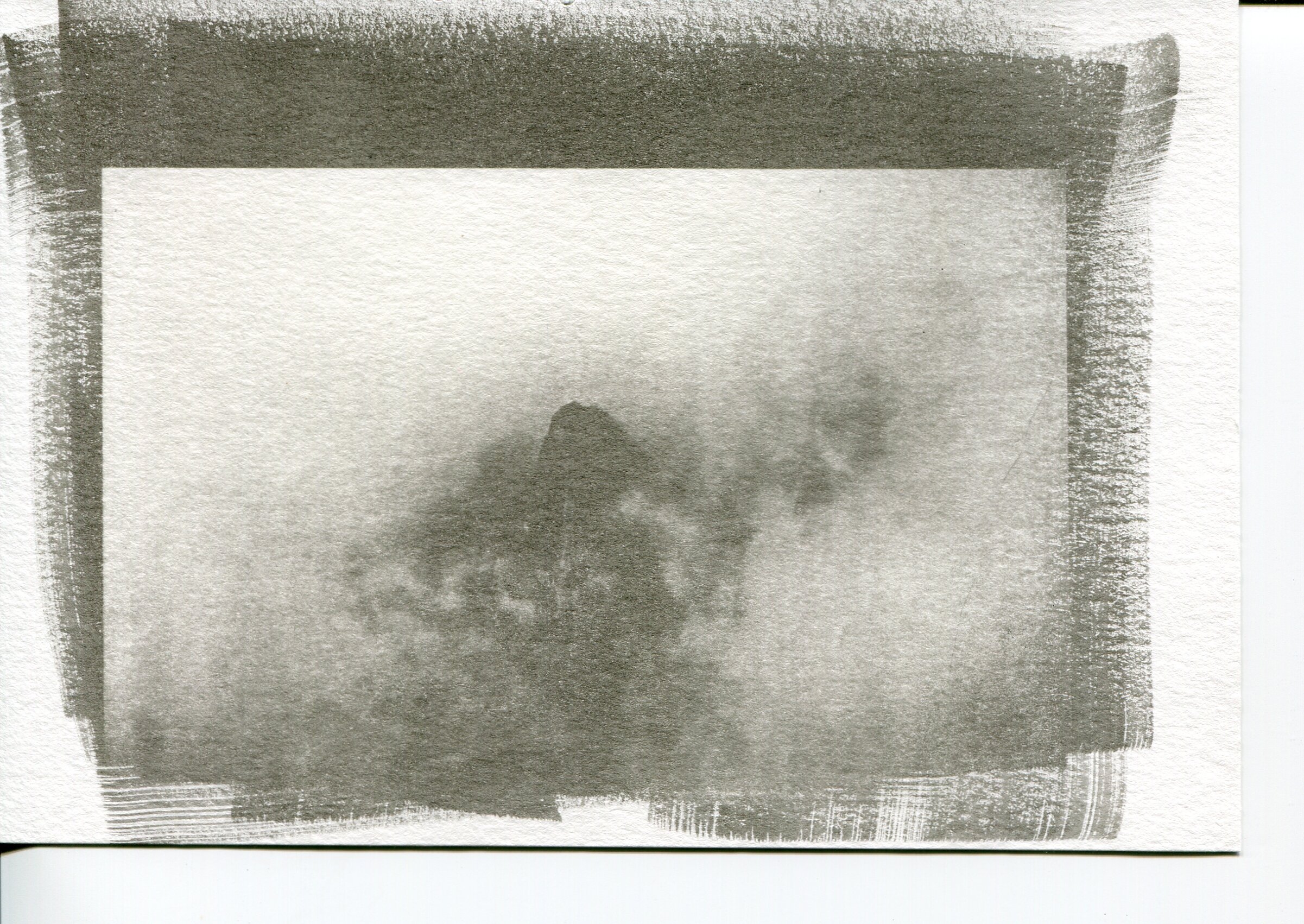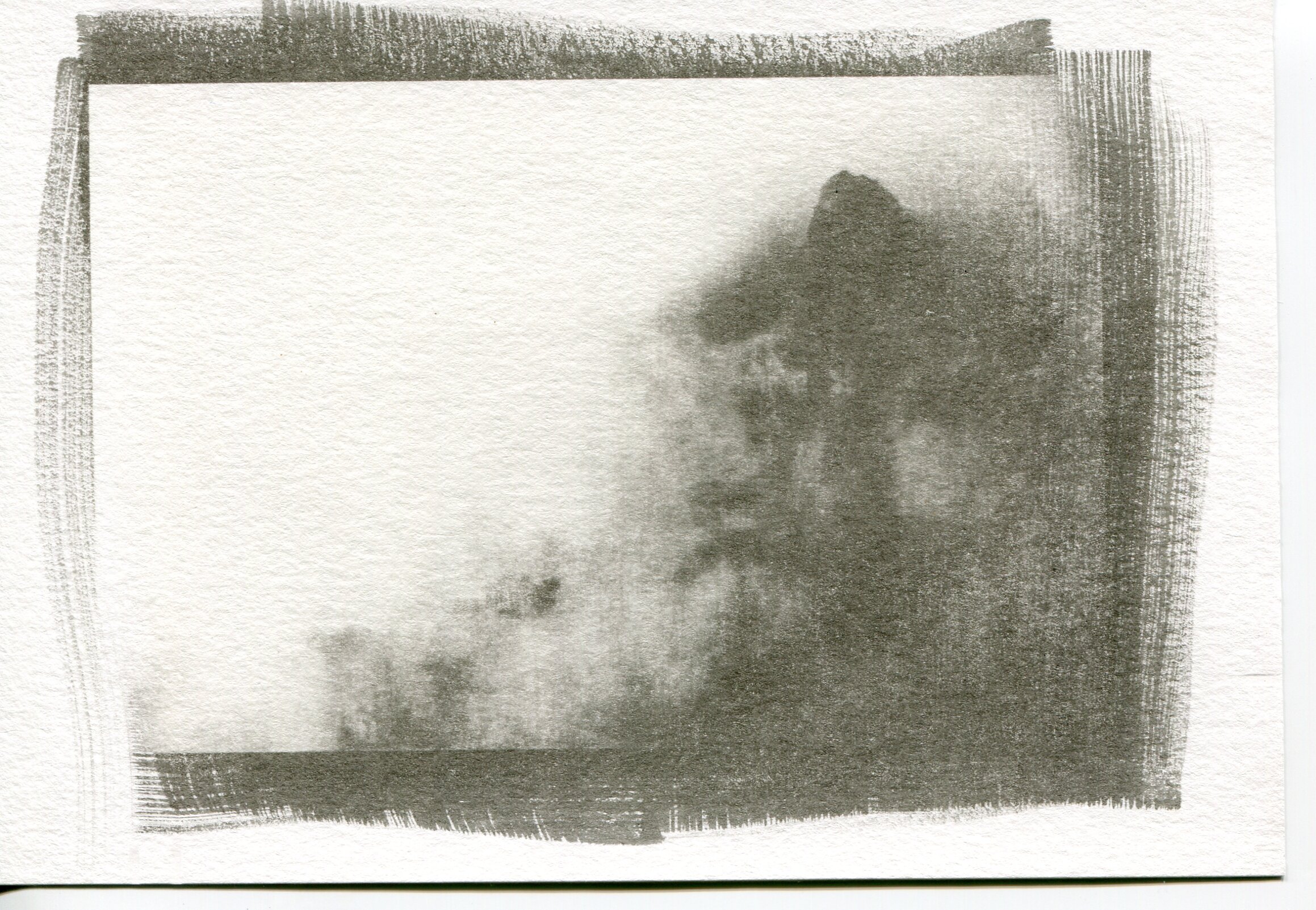The technique of Gum Bichromate photographic printing is an alternative historical process that emerged in the 19th century, in the early days of photography.
It consists of the application of several layers of emulsion formed by dichromate, gum arabic and pigment on paper that can withstand repeated and prolonged soaking. Each print has up to seven layers and each layer is individually coated with the emulsion, dried, registered, exposed to light by contact under a negative, dipped, washed, dried, brushed-up and so on.
The result is unique and unrepeatable prints whose specific characteristics are not possible by any other means.
It is a fascinating process that allows the photographer to apply techniques subject to individuality, to spend a great deal of time and subjectivity and to have a closer relationship with work in the era of the digital revolution and visual homogenization.
